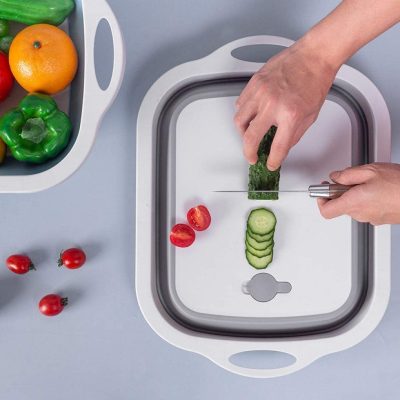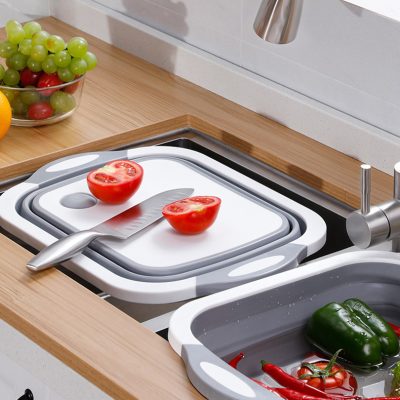Can plastic cutting boards be used for a long time?
Plastic cutting boards are mostly made of polypropylene, polyethylene and other chemicals, which are not suitable for cutting greasy food, otherwise it is difficult to clean. Plastic cutting boards are not resistant to high temperatures. If hot food is placed on it and cut, it will easily lead to deformation. Even some cutting boards contain plasticizers such as lead and cadmium, which are dangerous for long-term use. The rough plastic cutting board is also easy to cut into pieces and enter the body with food, causing damage to the liver and kidneys of the human body. Many people’s kitchen cutting boards are hidden in non-ventilated cabinets, which will cause more damage to human health.
Regular plastic cutting boards should import high-quality food-grade PP raw materials, which are safe and non-toxic in principle, but some businesses often add excessive fillers in order to pursue one-sided, plastic cutting board hardness, and even some unscrupulous businesses In order to reduce production costs, old raw materials are mixed into the material, which may lead to the precipitation of chemical substances. Therefore, when consumers buy plastic cutting boards, they choose plastic cutting boards with translucent and uniform color distribution, no impurities and irritating odors. You should try not to use plastic cutting boards when cutting cooked food.
A plastic cutting board that is strictly controlled will not have such a problem. Consumers must be familiar with some skills when purchasing, such as checking whether the color is uniform; whether the smell is pungent or abnormal; after touching the product, check whether there is powder on the hands (if talcum powder and calcium carbonate are added beyond the standard, powder will appear). In addition, when using it, you should try not to cut overly hot food, because high temperature will also accelerate the production or decomposition of harmful substances.







